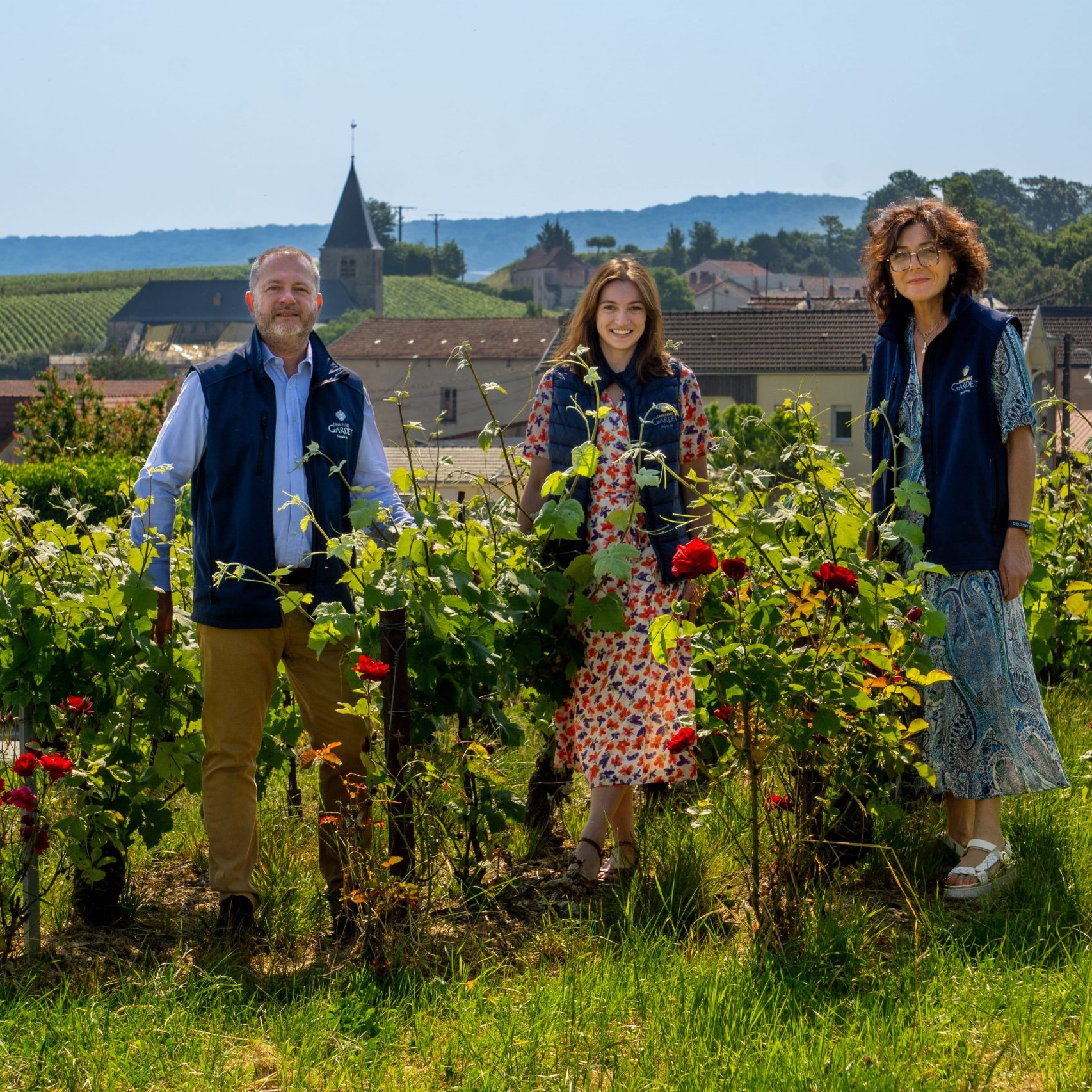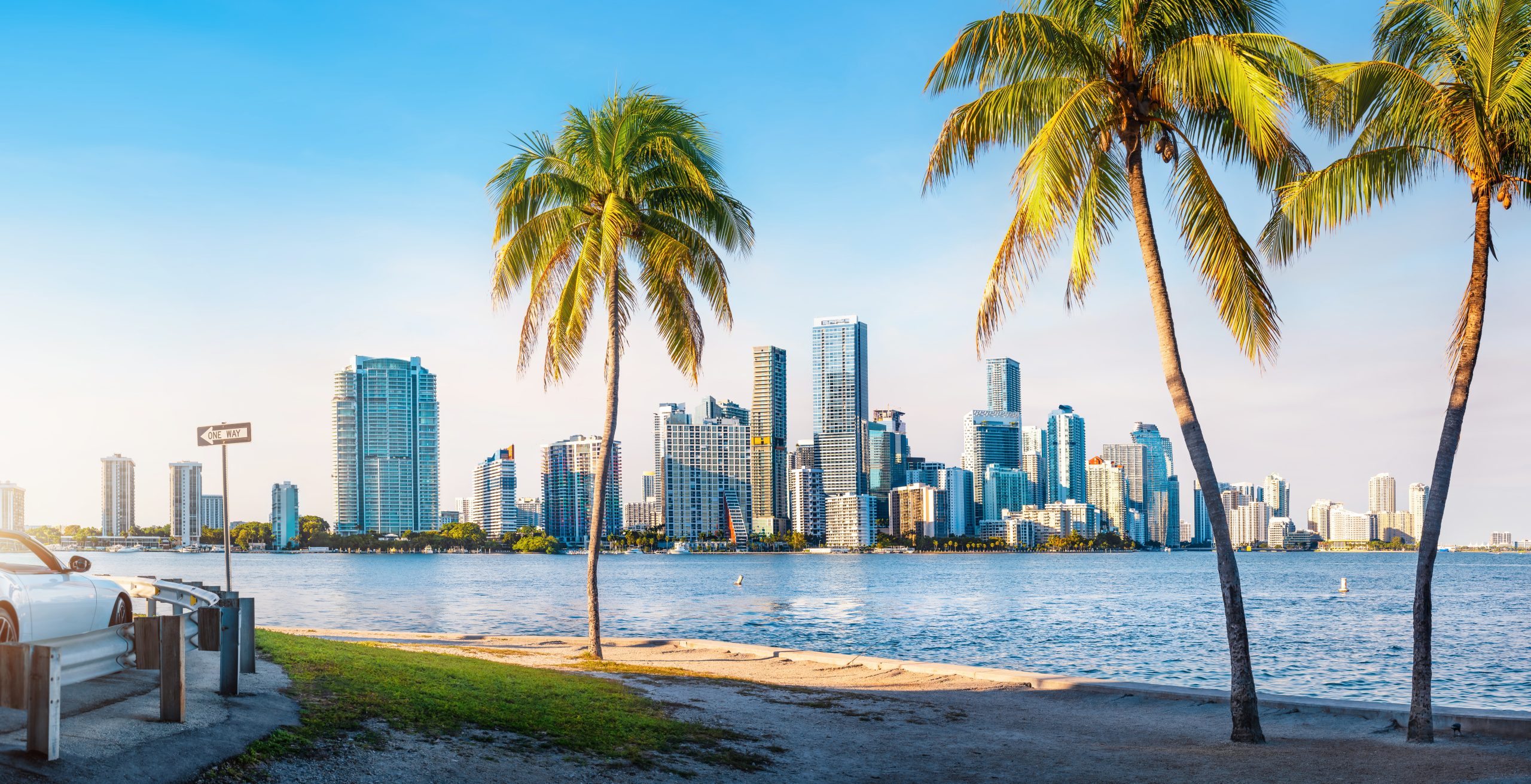Pessac-Leognan & Graves rouge 2021: ‘impressive… but patchy’
At the risk of stating the rather obvious, Pessac-Léognan and the Graves were not the easiest places to produce red wine in the 2021 vintage.

The numbers don’t tell the entire story. But they do go some way to capturing the extent of the challenge in this most traumatic of vintages.
With a final average vineyard yield of 30.7 hl/ha, Pessac-Léognan suffered greater losses from frost and (more significantly still) mildew than any other of the leading appellations after St Emilion. It harvested 25% less volume than the 10 year average (40.5 hl/ha) – for the full and gory details see our vintage report here.
Merlot took by far the biggest hit, being the most prone to both frost, mildew, rot and botrytis in the first place – and being even more prone to each having already been frosted.
But even that is to tell only half of the story. For the problem was not just the volume of Merlot, but also its quality. Outside of the metropolitan area of Bordeaux (with its rather specific micro-climate), almost all of the leading properties used a lot less of the Merlot they harvested in the grand vin.
The data make this very clear – as can be seen in the following table comparing the percentage of Merlot in the final blend in 2021 and 2020 for the 1st wines of a number of leading estates.
| 2020 | 2021 | |
| Domaine de Chevalier | 27 | 10 |
| Haut Bailly | 42 | 22 |
| Larrivet Haut-Brion | 52 | 0 |
| La Louviere | 65 | 35 |
| Malartic-Lagravière | 48 | 32 |
Table 1: Percentage of Merlot in the 1st wine, 2021 v 2020
Suffice it to say that 2021 is unlikely to prove a very lucrative vintage for the producers of the region.
But, given all of this, the resulting wines are impressive – if predictably perhaps, uneven.
Some of than unevenness arises from a factor that I have already alluded to – the rather different microclimate of the metropolitan area of Bordeaux in which a number of the leading estates are located, including of course Haut-Brion and La Mission Haut-Brion.
Again, the data is fascinating. The following table shows very clearly that, due to the more propitious conditions for ripening Merlot in an essentially urban space, these properties were able to retain (or, in the case of Pape-Clément, even augment) the proportion of Merlot in the final blend of their grands vins.
Partner Content
| 2020 | 2021 | |
| Les Carmes Haut-Brion | 26 | 25 |
| Haut-Brion | 48 | 50 |
| La Mission Haut-Brion | 49 | 48 |
| Pape Clément | 50 | 60 |
| Picque Caillou | 30 | 30 |
Table 2: Percentage of Merlot in the 1st wine, 2021 v 2020 – urban Pessac
It is perhaps no surprise that all of these wines are very strong in the context of the vintage.
The wine of the appellation for me is unequivocally, if perhaps surprisingly, Les Carmes Haut-Brion. It seems to have transcended the compound challenges of the vintage and is a wine of spectacular and striking eloquence and originality. Its Cabernet Franc is both transcendent and eerily reminiscent of Cheval Blanc.
Haut-Brion and La Mission Haut-Brion are also exceptional in the context of the vintage. I often mildly prefer La Mission to Haut-Brion in red, and Haut-Brion to La Mission when it comes to the whites; in 2021 my preferences are inverted. Haut-Brion I find more gracious, more elegant, more refined and just a little more expressive of this cooler summer vintage.
Unremarkably, again, Domaine de Chevalier, Haut Bailly (vinified for the first time in its glorious new wine-making facility) and Smith Haut-Lafitte triumph. They are each very true to the style and personality they have forged in recent vintages and are, consequently, very different from one another. Each is a great success in the context of the vintage. Malartic-Lagravière, too, impressed greatly and seems to be hitting something of a sweet-spot.
Finally, it is important to pay tribute to a property that, relatively unnoticed, has been making great strides for a number of vintages now (in both red and white) – Picque Caillou. This is another vineyard in the urban heart of the appellation (part of the reason for its relative success in this vintage). It is likely to represent one of the greatest values of the entire region and is highly recommended.
Highlights in 2021
Wine of the appellation:
- Les Carmes Haut-Brion (96-98)
Truly great:
- Haut Bailly (93-95)
- Haut-Brion (95-97)
- Malartic-Lagravière (92-94+)
- La Mission Haut-Brion (94-96)
- Smith Haut-Lafitte (93-95)
Value picks:
- C de Carmes Haut-Brion (92-94)
- Latour Martillac (92-94)
- Picque Caillou (91-93)
For full tasting notes, see here.
See here for db’s en primeur vintage report , with appellation-by-appellation reviews on Margaux, St Julien, Pessac-Leognan & Graves red and blanc, St Estephe & Haut-Medoc, Pauillac, Pomerol, St Emilion and Sauternes.
Related news
Bordeaux 2024 en primeur: St-Estèphe confounds expectations




